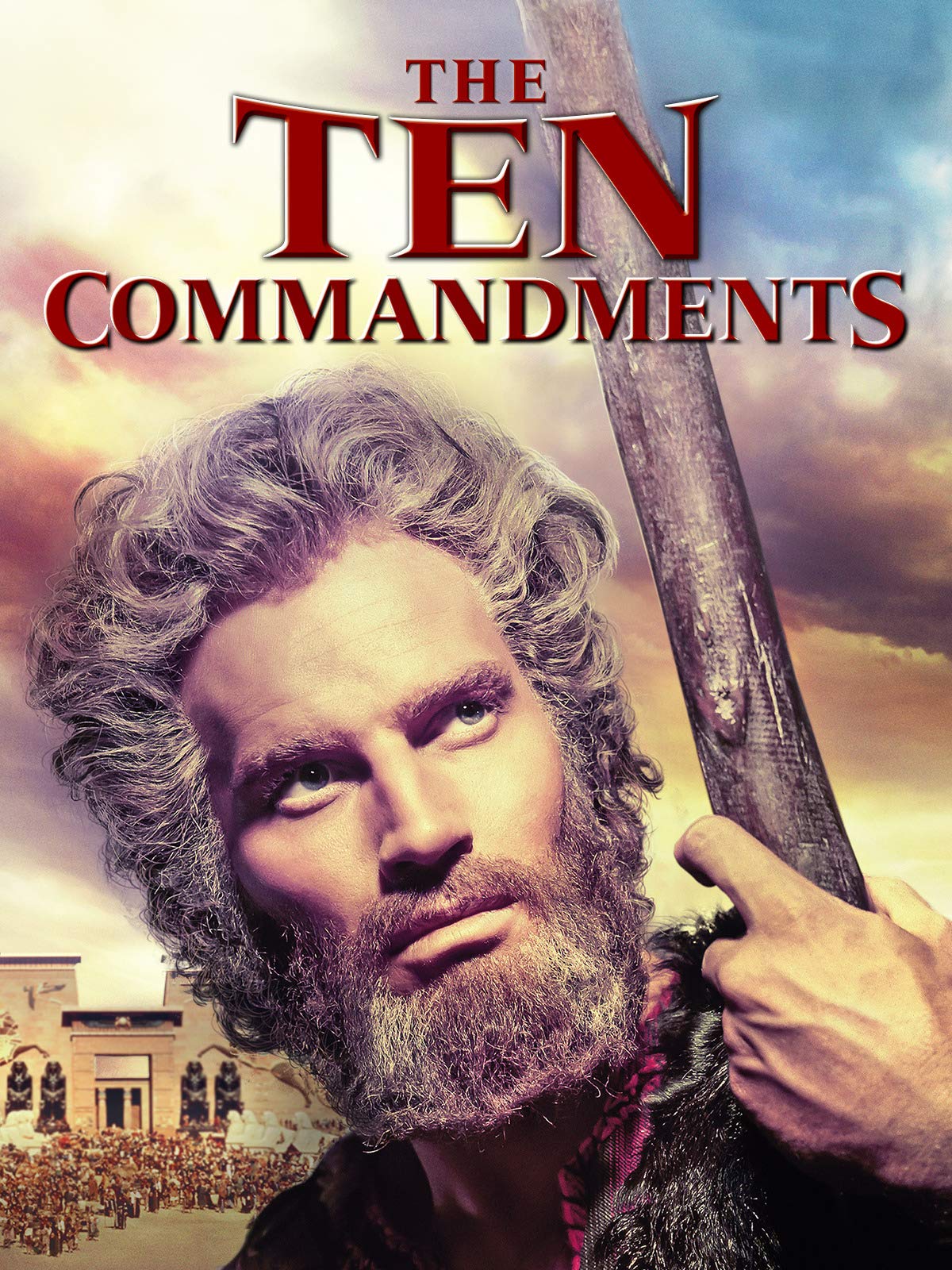וְאֵלֶּה שְׁמוֹת
Exodus
The Hebrew name for the Book of Exodus contains the first two words in the Masoretic Text (MT) of the book namely, "we-eilleh shemot" which means, "And these are the names of..."
The Greek Septuagint and the Latin Vulgate do not have the Hebrew word meaning "And these are" and so in Hebrew the book is often called simply, "The names of."
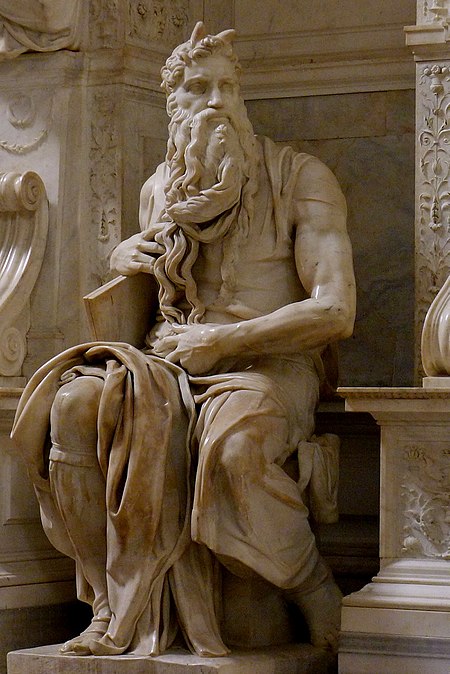
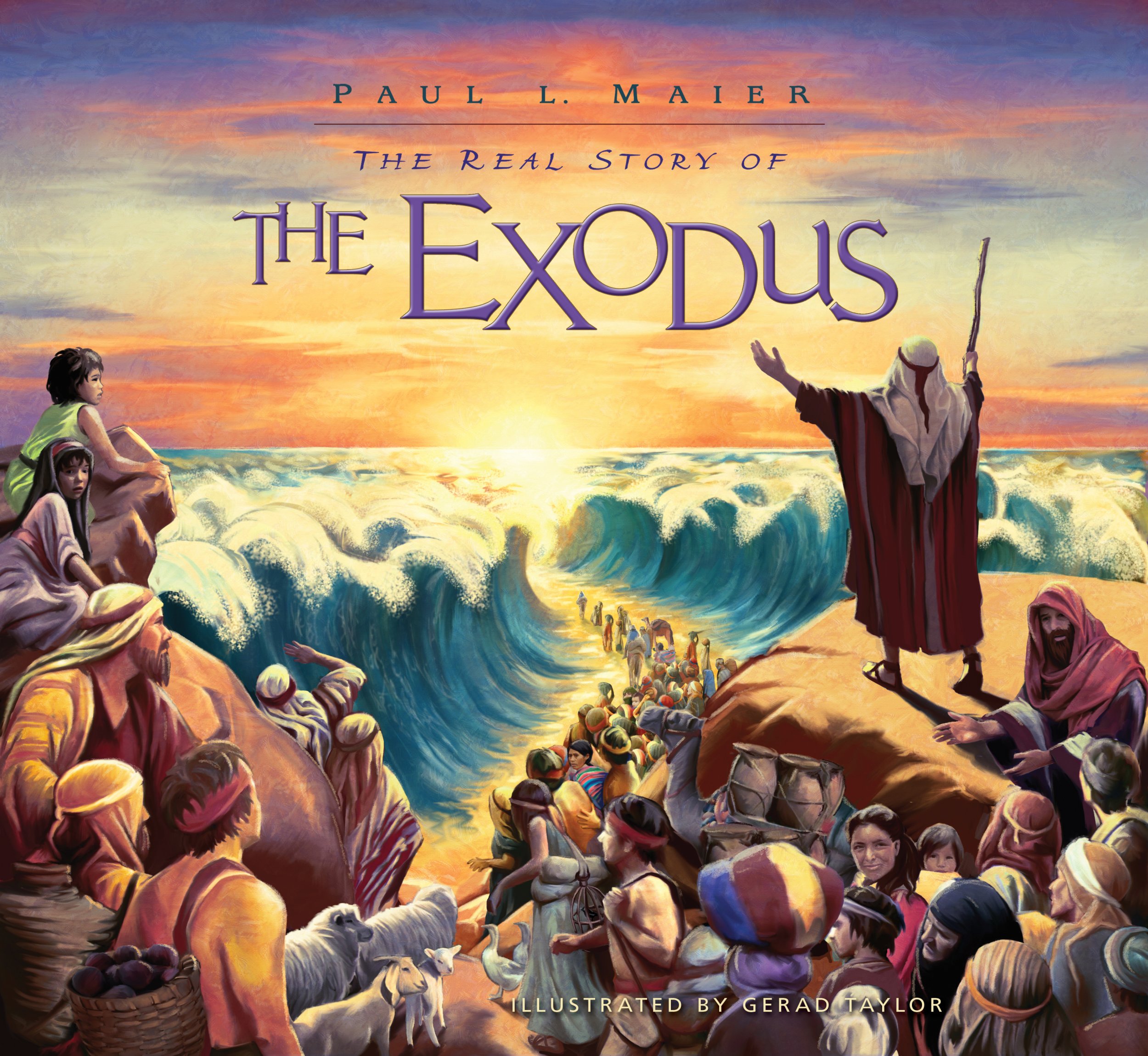

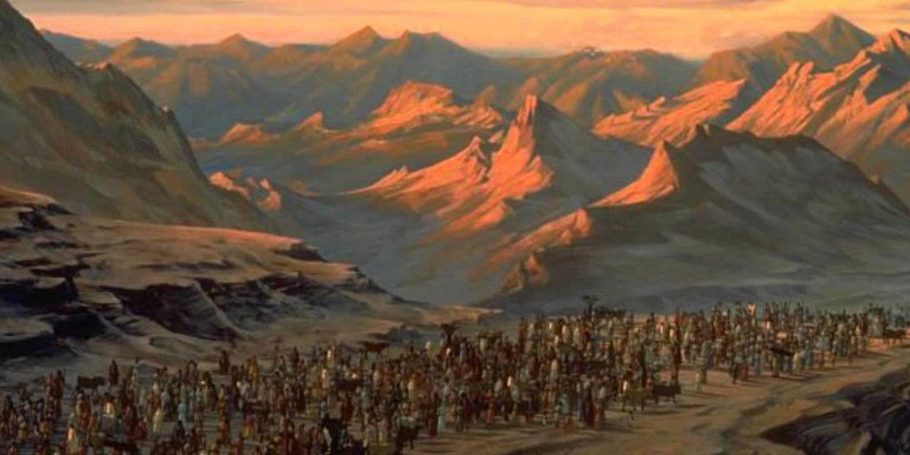
Introduction
The Book of Exodus is the second book of the Torah and of the Old Testament. Starting with the deliverance of Moses by Pharaoh's daughter, it recounts the revelation at the Burning bush where he was called by Yahweh to deliver the Israelites from Egyptian slavery. After Pharaoh rejected his and Aaron's demands, according to the book, the Almighty inflicted ten Plagues on Egypt resulting in the Exodus. The Mosaic covenant was made at the biblical Mount Sinai, and subsequently the Tabernacle, with a "divine indwelling" of God with Israel.
Author
Exodus was traditionally ascribed to Moses himself, but modern scholars see its initial composition as a product of the Babylonian exile (6th century BCE), based on earlier written and oral traditions, with final revisions in the Persian post-exilic period (5th century BCE).
Contents
The consensus among scholars is that the story in the Book of Exodus is best understood as a myth, and does not accurately describe historical events.Carol Meyers, in her commentary on Exodus, suggests that it is arguably the most important book in the Bible, as it presents the defining features of Israel's identity—memories of a past marked by hardship and escape, a binding covenant with God, who chooses Israel, and the establishment of the life of the community and the guidelines for sustaining it.
Date
In approximate round dates, the process which produced Exodus and the Pentateuch probably began around 600 BCE when existing oral and written traditions were brought together to form books recognisable as those we know, reaching their final form as unchangeable sacred texts around 400 BCE.
Structure
There is no unanimous agreement among scholars on the structure of Exodus. One strong possibility is that it is a diptych (i.e., divided into two parts), with the division between parts 1 and 2 at the crossing of the Red Sea or at the beginning of the theophany (appearance of God) in chapter 19. On this plan, the first part tells of God's rescue of his people from Egypt and their journey under his care to Sinai (chapters 1–19) and the second tells of the covenant between them (chapters 20–40).
The rest of this comprehensive Wikipedia article on the book can be read here.
An extract from BHFA Volume 5
Exodus 2:3b
וַתִּקַּח לוֹ תֵּבַת גֹּמֶא
bulrushes an ark of for him and she took
KJB and she took for him an ark of bulrushes,
NASB and she got him a papyrus basket
ESV and she took for him a basket made of bulrushes
NLT and she got a basket made of papyrus reeds
NIV and she got a papyrus basket for him
תֵּבַת
Noun, f. sg. cstr. This is probably an Egyptian loan-word from t-b-t, meaning, "chest, coffin." In the Hebrew Bible it has the more generic meaning of, "vessel."This noun apears 28 times in the Hebrew Bible. In Gen 6-9 it apears 26 times and is translated there as, "ark." Here in Ex 2:3 and 2:5, the same word is usedto describe the vessel that Moses was placed in by his mother.
In the case of Noah we have substantive details of the size of the vessel. In the case of Moses, the purpose of the vessel as well as the material used gives us an indication of the size of the vessel. This context prompted translators to call the vessel a "basket."
An extract from BHFA Volume 5
Exodus 13:18a
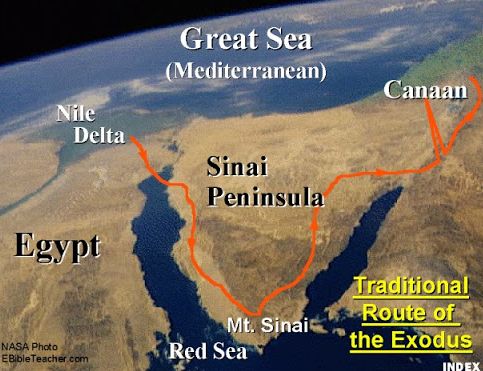

דֶּרֶךְ הַמִּדְבָּר יַם־ סוּף
reed sea of the desert way of
KJB through the way of the wilderness of the Red sea:
ISV way of the desert toward the Reed Sea.
NLT through the wilderness toward the Red Sea.
NIV the desert road toward the Red Sea.
The route that the Hebrews took when leaving Egypt has been studied and debated for centuries. The MT mentions locations that are no longer known.
The location where the parting of an expanse of water by Moses took place is of particular interest.
The Greek LXX has ερυθράν, and the Latin Vulgate has mare Rubrum, which in both cases means, "red sea." Almost all English translations have followed these two sources.
After the first Passover and the 10th plague (Ex 12:29-30), Israel headed southeast from Rameses in the region of Goshen. Rameses has been identified by archaeologists with Tell ed-Daba, a site located 62 miles northeast of Cairo.
The on the first night, the Israelites made camp at Succoth (12:37), whose location is uncertain.God intended for them to not travel to the Canaan directly, but by a detour in the direction of the Sea of Reeds (13:18).They went on to spend the next night at Etham (13:20), a fort near the eastern edge of the Nile Delta. It was here at Etham that God told Moses to change the direction Israel would take to Canaan.
They turned back and on the third night camped near Pi-hahiroth (14:2). This location is uncertain. The area located west of the modern-day Suez Canal near the Bitter Lakes on the western shores of the Reed Sea has been suggested.To this day, the narrow mountain valley through which Israel approached the Bitter Lakes is called by the locals, "Tiah ben Israel," or "the way of the children of Israel."
Therefore, the exact location of יַם־סוּף is still now debated by historians.Some theories speculate it could be a reference to the Gulf of Eliat, which is also mentioned in the Book of Kings.Another theory suggests that it is the Lake of Tanis near the coast of Egypt.
AN EXTRACT FROM BHFA VOLUME 5
Exodus 34:29c
Why does Moses have horns?

"Moses" was sculpted in 1513–1515 by the Italian artist Michelangelo Buonarroti. Today it is housed in the church of San Pietro in Vincoli in Rome.
The answer lies in Ex 34:29c
לֹא־ יָדַע כִּי קָרַן עוֹר פָּנָיו
his face the skin of shine that he knew not
(Remember to read from right to left)
KJB Moses wist not that the skin of his face shone
NASB Moses did not know that the skin of his face shone
ESV Moses did not know that the skin of his face shone
NLT he wasn’t aware that his face had become radiant
NIV he was not aware that his face was radiant
